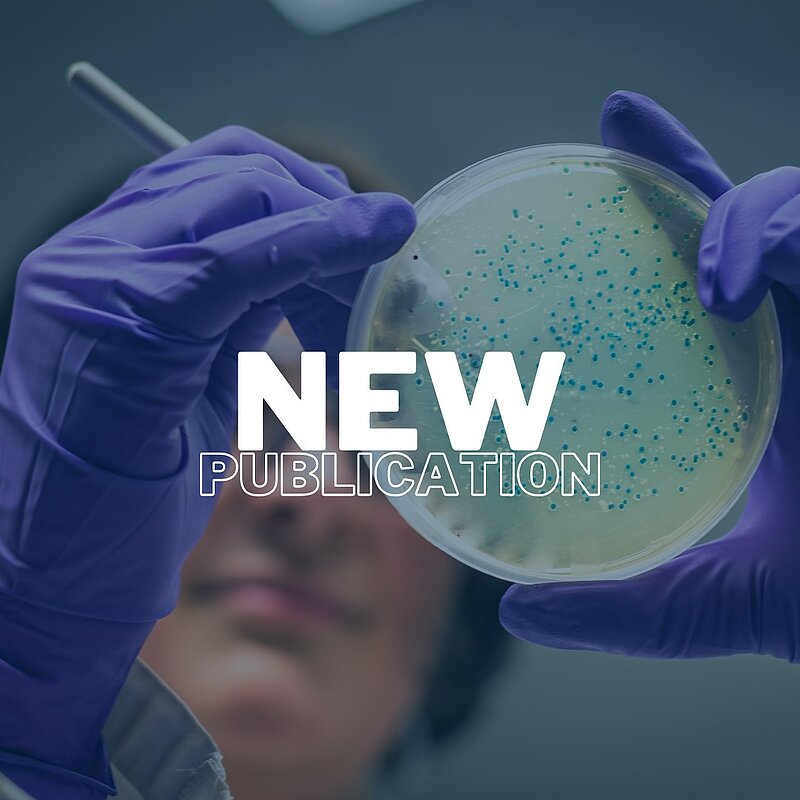Food wastes can be hydrolyzed into soluble microbial substrates, contributing to sustainability. Halomonas spp.-based Next Generation Industrial Biotechnology (NGIB) allows open, unsterile fermentation, eliminating the need for sterilization to avoid the Maillard reaction that negatively affects cell growth. This is especially important for food waste hydrolysates, which have a high nutrient content but are unstable due to batch, sources, or storage conditions. These make them unsuitable for polyhydroxyalkanoate (PHA) production, which usually requires limitation on either nitrogen, phosphorous, or sulfur. In this study, H. bluephagenesis was constructed by overexpressing the PHA synthesis operon phaCABCn (cloned from Cupriavidus necator) controlled by the essential gene ompW (encoding outer membrane protein W) promoter and the constitutive porin promoter that are continuously expressed at high levels throughout the cell growth process, allowing poly(3-hydroxybutyrate) (PHB) production to proceed in nutrient-rich (also nitrogen-rich) food waste hydrolysates of various sources. The recombinant H. bluephagenesis termed WZY278 generated 22 g L−1 cell dry weight (CDW) containing 80 wt% PHB when cultured in food waste hydrolysates in shake flasks, and it was grown to 70 g L−1 CDW containing 80 wt% PHB in a 7-L bioreactor via fed-batch cultivation. Thus, unsterilizable food waste hydrolysates can become nutrient-rich substrates for PHB production by H. bluephagenesis able to be grown contamination-free under open conditions.
Click here to get access to the full article.


